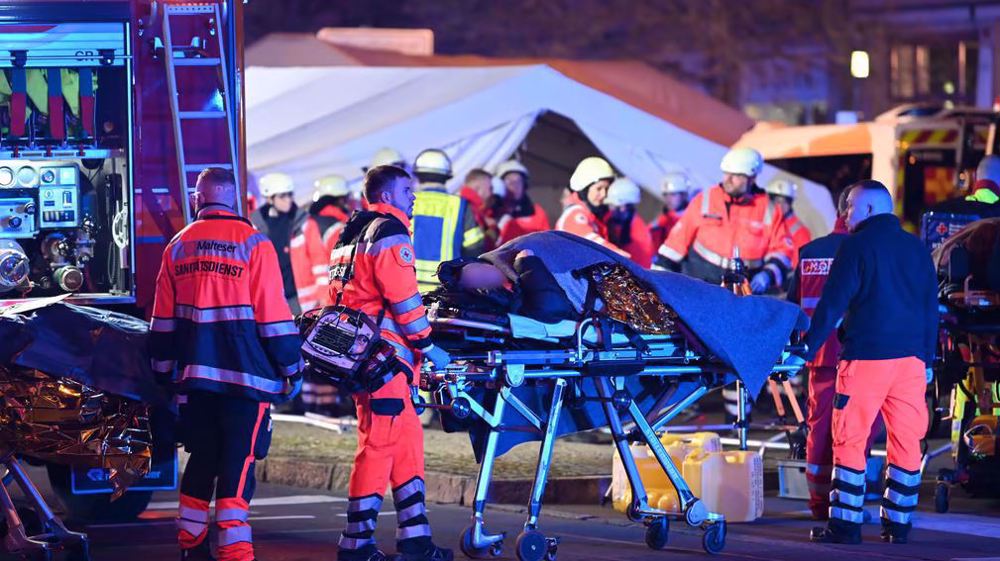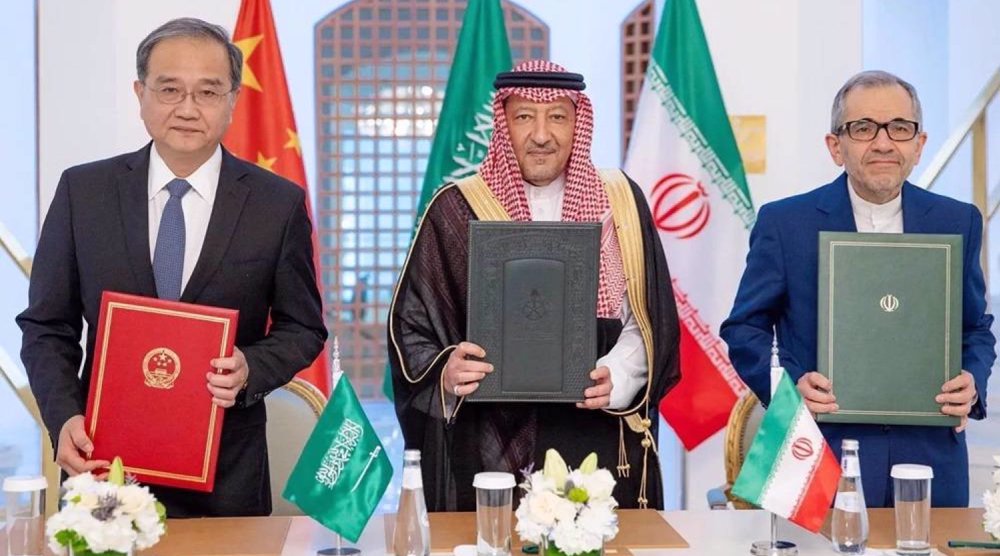Saudi Arabia world's 4th largest military spender: report
The Persian Gulf Kingdom of Saudi Arabia has emerged as the world’s fourth largest military spender in 2014 with a whopping 17-percent increase in its military budget, the largest of all top spenders worldwide, an arms watchdog group reports.
As the global military expenditure totaled $1.8 trillion in 2014, the United States remained the largest spender despite a 6.5 percent reduction of its defense budget followed by “next three highest spenders – China, Russia and Saudi Arabia,” which “substantially” increased their military expenditure, said a Monday press release issued by the Stockholm International Peace Research Institute (SIPRI) citing its annual report on “Trends In World Military Expenditure, 2014.”
The report, however, notes that the amount of US military spending is still 45 percent higher than the figure in 2001, just prior to the September 11 terrorist incidents in the country.
Ukraine crisis impacts spending in Eastern Europe
The report further points out that the political and military crisis in Ukraine has prompted many European governments to boost their military spending.
“The Ukraine crisis has fundamentally altered the security situation in Europe, but so far the impact on military spending is mostly apparent in countries bordering Russia,” said the SIPRI report, quoting one of its authors, Sam Perlo-Freeman.

This is while the Western-backed Ukrainian government increased its spending on weapons by over 20 percent in 2014 “and plans to more than double spending on the armed forces in 2015,” added the annual report.
It also underlined that the original Russian military budget for 2015 has been reduced by 5 percent due to the reduction of its revenues from the slumping oil prices in late 2014.
Mideast, Africa military buildup continues
The press release further points to the persisting rise in military expenditures throughout the Middle East and Africa against the global trend of keeping their defense budgets steady.
“While total world military spending is mostly unchanged, some regions, such as the Middle East and much of Africa, are continuing to see rapid build-ups that are placing an increasingly high burden on many economies,” said Perlo-Freeman, who also heads SIPRI’s Military Expenditure project.
“These increases partly reflect worsening security situations, but in many cases they are also the product of corruption, vested interests and autocratic governance,” he added.
According to the report, military spending in Africa climbed by 5.9 percent with the top two spenders, Algeria and Angola, increasing their expenditures by 12 and 6.7 percent, respectively.

China top military spender in Asia
The report points to China as the top military spender in Asia in 2014 with an estimated defense budget of $216 billion, reflecting an increase of 9.7 percent compared to the previous year.
It added that military expenditure in Asia and Oceania climbed by 5 percent in 2014, reaching $439 billion.
Among other major arms spenders in the region, Australia boosted its military spending by 6.7 percent, followed by South Korea and India, which increased their defense budgets by 2.3 and 1.8 percent, respectively.
In Latin America, according to the report, Brazil’s military spending dropped somewhat due to the nation’s economic troubles while Venezuela registered the largest fall in defense expenditure across the region with a 34 percent reduction. This is while Mexico boosted its military spending by 11 percent due to its persisting war with well-armed drug cartels.
MFB/NN/HRB
VIDEO | Yemen: A bone in Israeli neck
D-8’s role in Iran’s economy after Cairo summit
China slams US as ‘war-addicted’ threat to global security
China ‘firmly opposes’ US military aid to Taiwan
VIDEO | Press TV's News Headlines
President Yoon Suk Yeol to be removed from office
At least 19 Gazans killed by Israeli airstrikes since dawn: Medics
Leader: Iran neither has nor needs proxy forces










 This makes it easy to access the Press TV website
This makes it easy to access the Press TV website